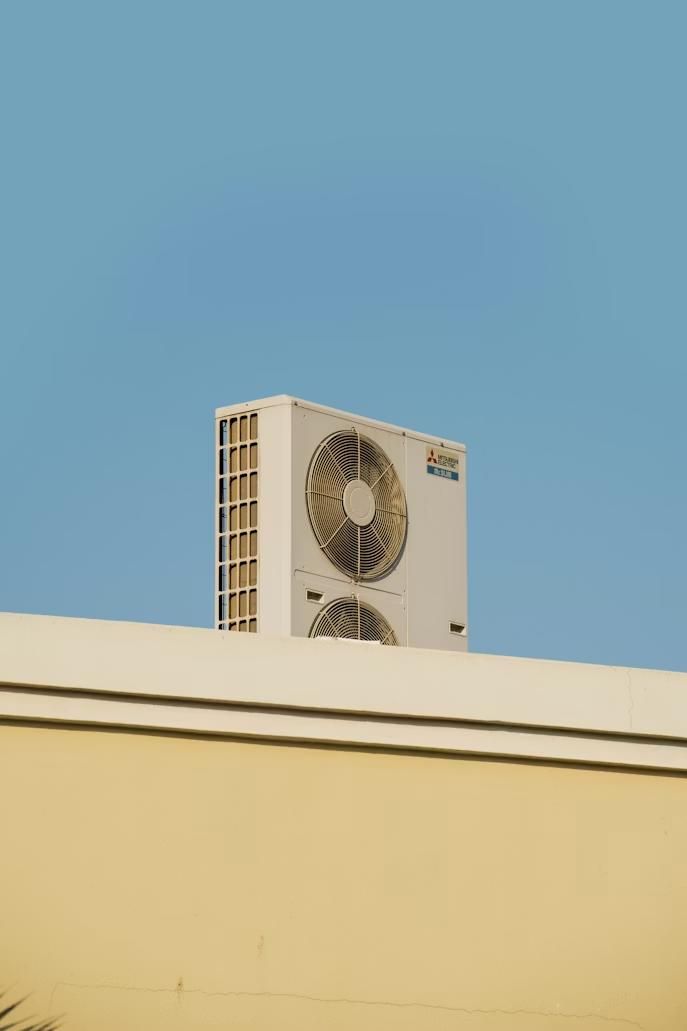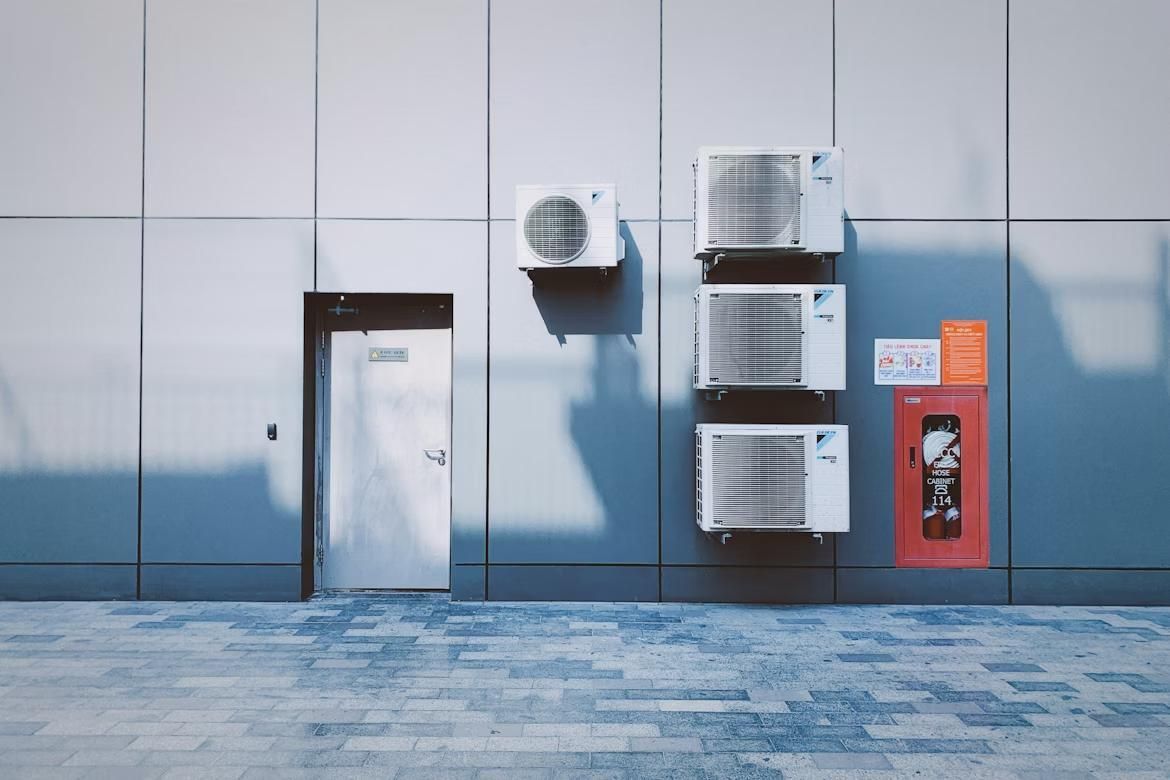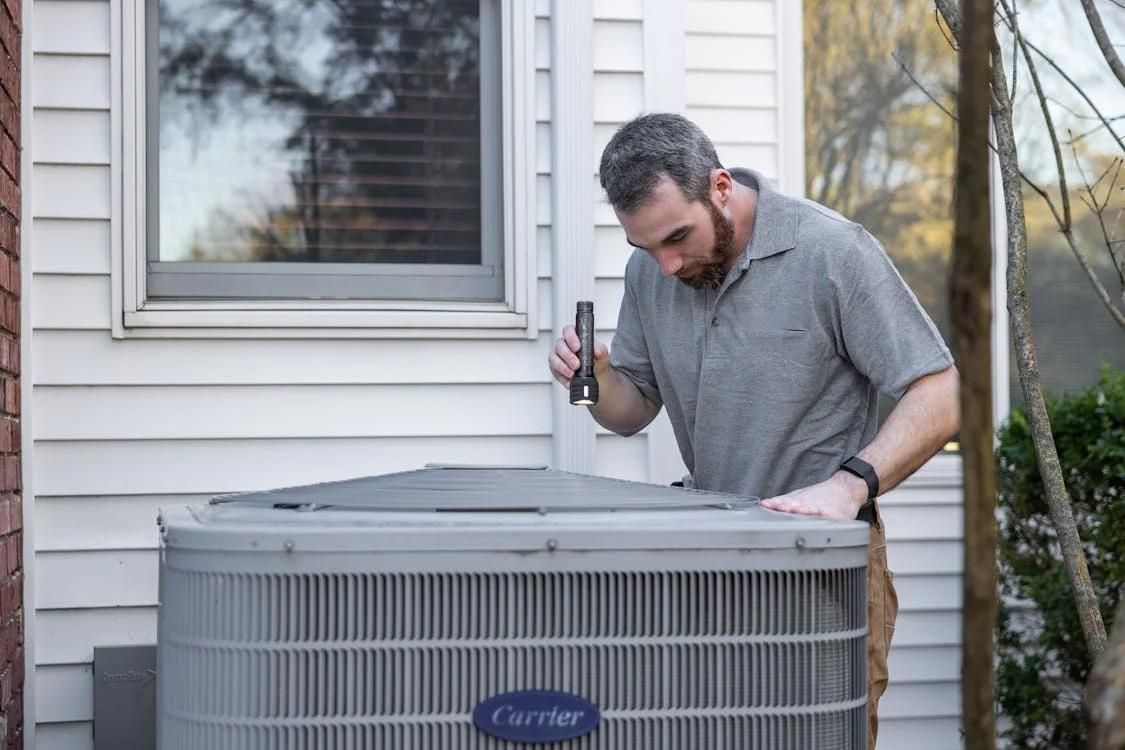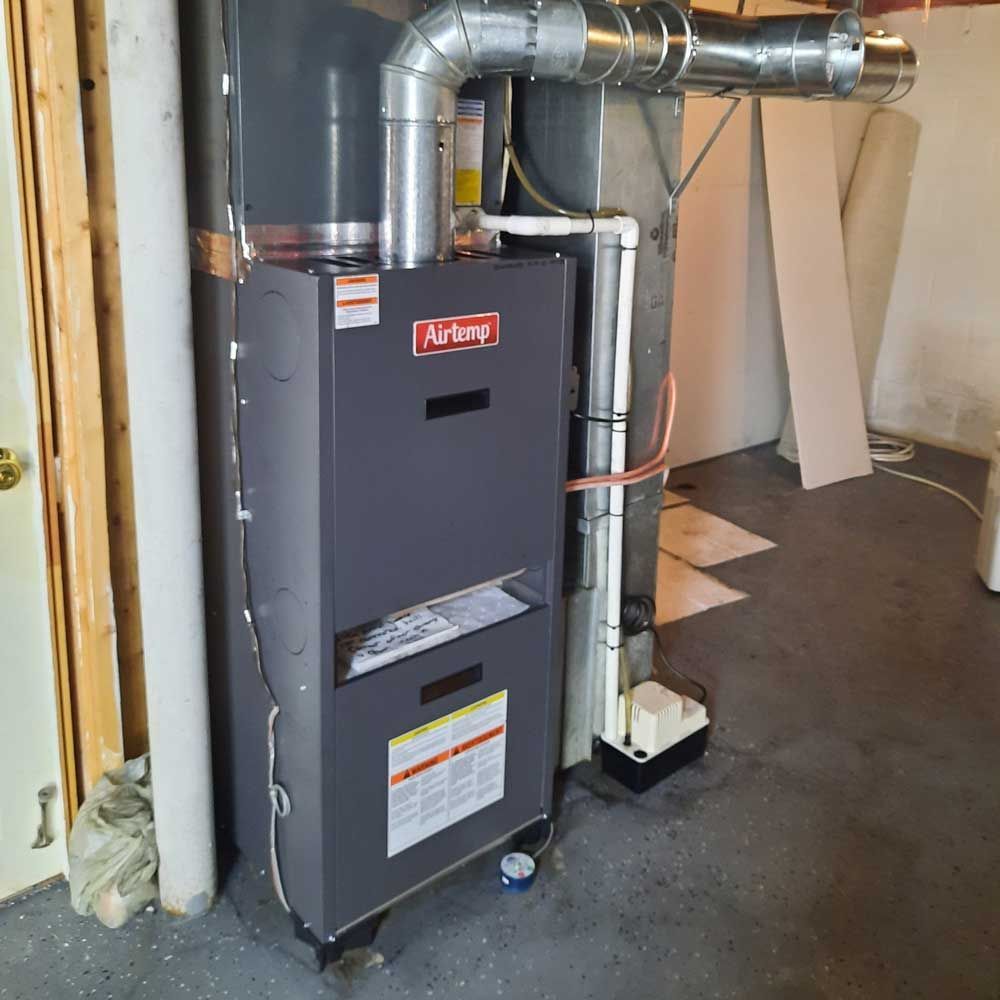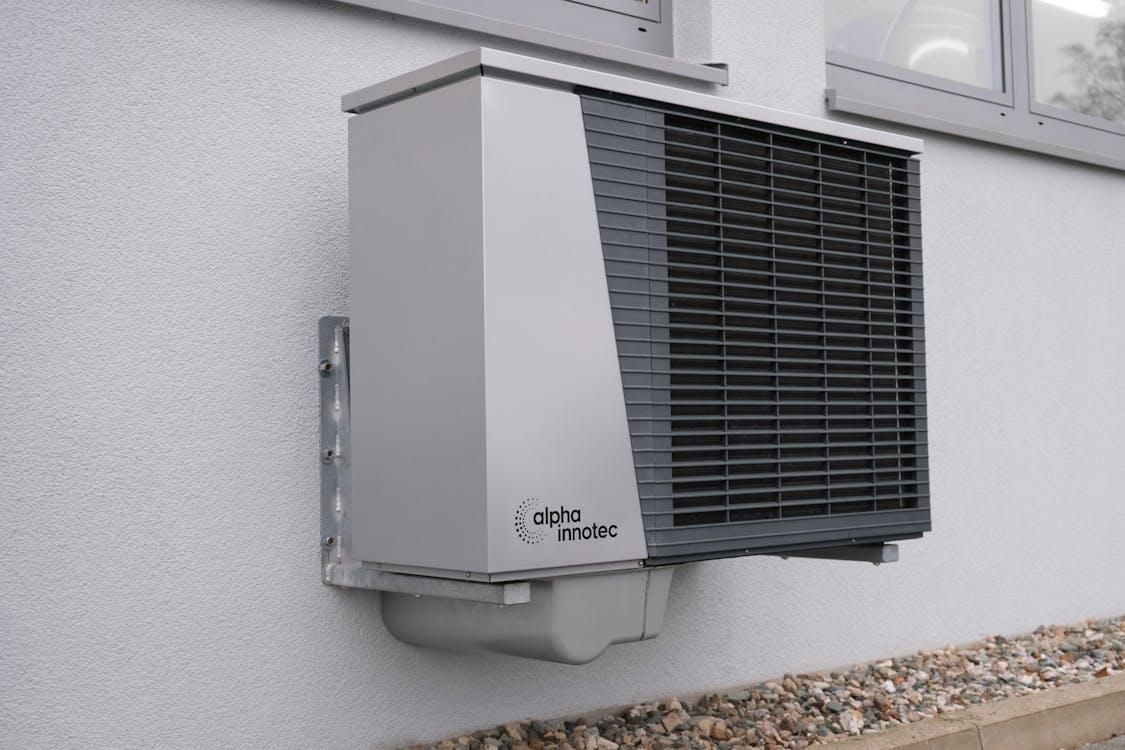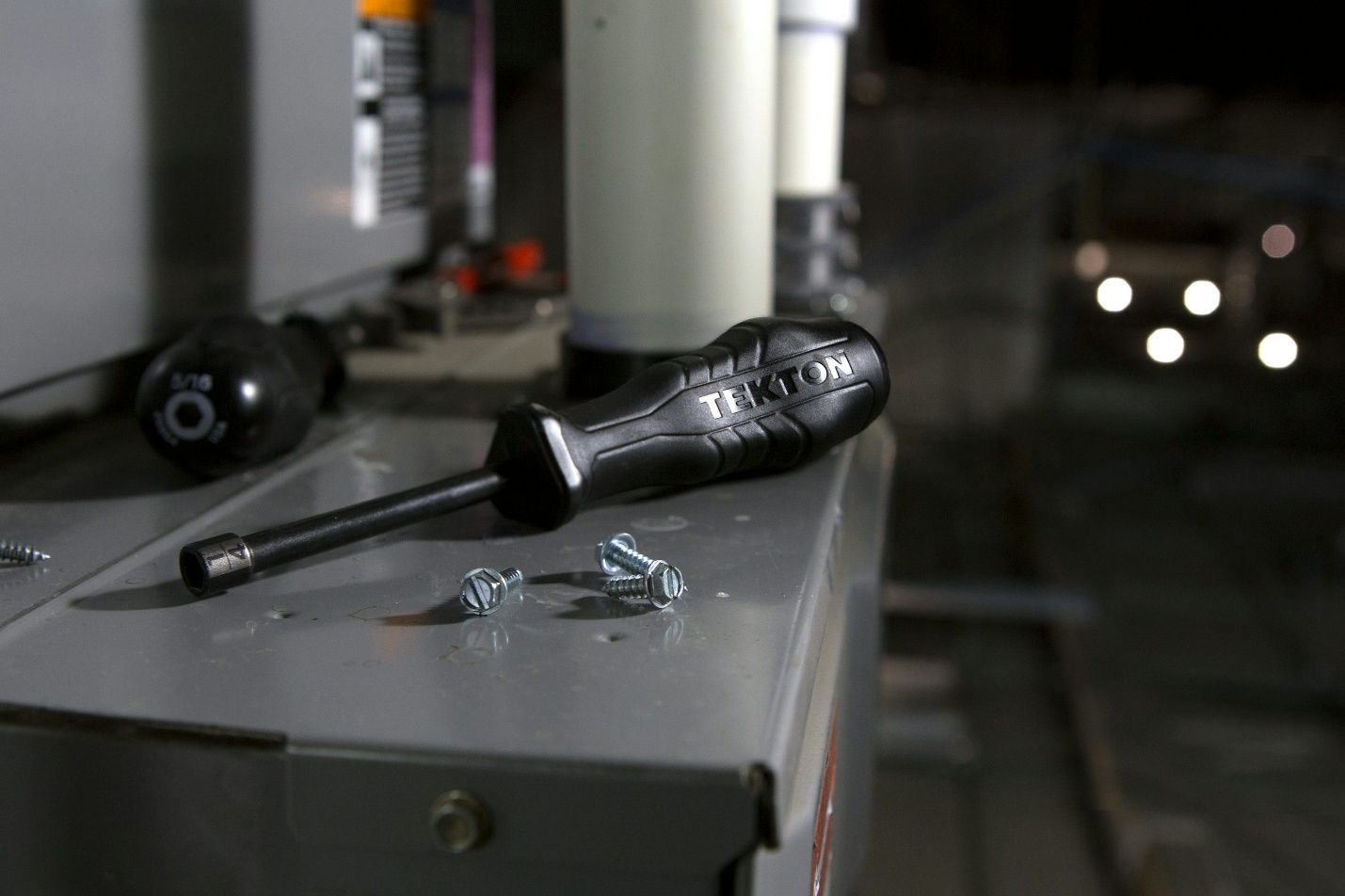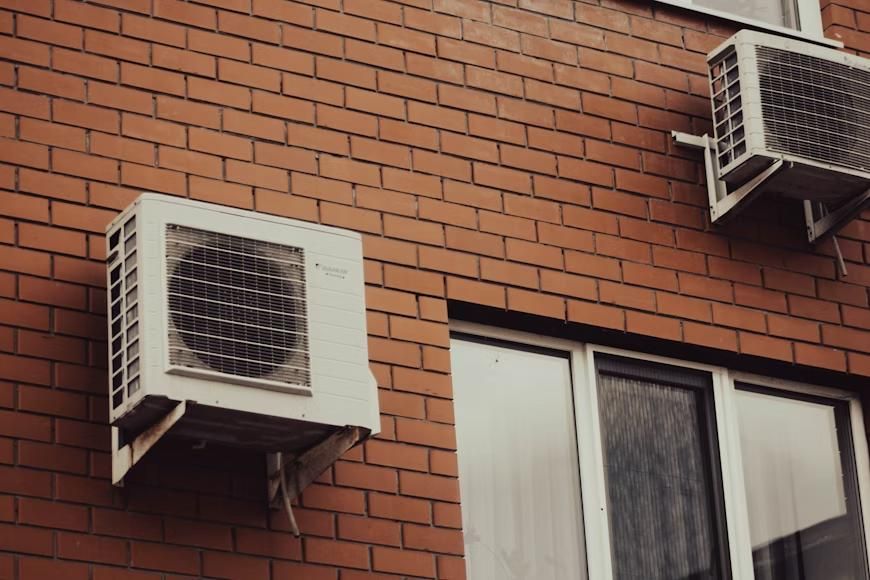How to Prepare Your HVAC System for a Maryland Winter
Maryland has a way of keeping homeowners on their toes. One day, the air is crisp and bright; the next brings a sideways sleet that freezes doorsteps and sends heat pumps to their limits. Those swings are hard on building systems, which is why a Maryland winter is less a single season and more a series of microclimates passing through your living room. If your heating equipment is only “sort of ready,” the first cold snap will expose it. If it is tuned, sealed, balanced, and fueled, you hardly notice the weather. This guide, written from the perspective of a working HVAC contractor, explains how to move from the first scenario to the second—practical, expert-approved steps that keep you warm, safe, and in control of your energy costs.
Maryland Winters: Why The Shoulder Months Matter As Much As January
Our region rarely settles into one predictable pattern. Early winter can bring damp chill rather than deep cold, which forces systems to cycle frequently. Later, an Arctic blast can test a furnace or heat pump at its design limit for days. Those contrasts are where preparation pays off. Equipment that is clean and correctly adjusted can throttle output across mild and severe weather without burning extra fuel. Duct systems that are sealed and balanced actually deliver the heat you already paid to produce. Smart controls respond gently to daily swings so you avoid the “roaring furnace followed by a draft” sensation. You cannot control the weather, but with the right HVAC services in Maryland, you can control the physics inside your home.
Start With A Professional Tune-Up: Maintenance Is Your First Line Of Defense
Every reliable winter begins with a professional inspection and tune-up. A licensed technician examines heat exchangers, burners, igniters, sensors, flue passages, and safety shutoffs on furnaces; defrost cycles, reversing valves, crankcase heaters, and refrigerant charge on heat pumps; and flame quality, draft, and venting on boilers. Electrical connections are tightened to eliminate arcing and voltage drop, blower wheels are cleaned to restore airflow, and condensate drains are cleared so ice does not surprise you on the coldest morning. This thorough visit is not a “good to have”; it is the most cost-effective HVAC maintenance you can buy because it prevents small inefficiencies from snowballing into failures.
When you invest in a routine HVAC maintenance service each fall, you gain three things immediately. First, you reclaim efficiency that dirt and time have stolen, which lowers bills before the coldest days arrive. Second, you restore capacity; clean heat exchangers and coils actually move more heat per hour, so comfort improves without touching the thermostat. Third, you confirm safety. Combustion appliances that are inspected, vented, and monitored reduce the risk of carbon monoxide issues to an absolute minimum. There is no better feeling in January than hearing a quiet, steady burner you already know has been measured and verified.
Airflow Is Everything: Filters, Static Pressure, And Clean Ducts
A heating system can only deliver heat that actually moves through the ductwork. That makes airflow the hidden lever behind comfort and bills alike. Replace filters before a serious cold and choose the right type for your blower. High-MERV filters catch more particles but can raise static pressure and starve airflow if your system is not designed for them. A seasoned HVAC contractor will help select a filter that balances clean air with free-breathing ducts. If you have not had your duct system tested, this is the season to do it. Sealing returns eliminates the vacuum that can pull attic or crawlspace dust into the house, while sealing supplies stops expensive, conditioned air from leaking into the places no one occupies.
Clean ducts and correct static pressure also protect equipment. When a blower is forced to work against too much resistance, motors overheat and heat exchangers run hot. When airflow is too low across a heat pump coil, ice forms aggressively during cold snaps, and defrost cycles multiply. Balancing airflow is not glamorous, but it is the difference between a home that feels quietly warm and one that feels like a gusty, noisy compromise.
Thermostat Strategy: Precision Beats Heroics
On a cold evening, it is tempting to bump the thermostat far past your target so the home “warms up faster.” Heating systems do not work that way; they deliver a fixed output at a given stage. Overriding setpoints simply overshoots the temperature and forces long, unnecessary cycles. A smarter strategy is to set modest setbacks you can keep every day and let your system’s controls do the fine work. Calibrate older thermostats so the number you see is the temperature you get. If you have a heat pump, enable adaptive recovery and lock out electric resistance heat until temperatures truly require it. If you use a dual-fuel setup, confirm the switchover temperature that makes economic sense given your electricity and fuel rates. These are the small decisions that the best HVAC services in Maryland help you dial in—measurable savings without any sacrifice of comfort.
Heat Pumps In A Mid-Atlantic Winter: Defrost Without Drama
Cold-climate heat pumps have matured dramatically. In much of Maryland, a right-sized variable-speed unit can carry the bulk of the winter. To succeed, it must defrost efficiently. Ice will form on the outdoor coil when humidity and temperature align; that is normal. What matters is how quickly your system clears it and returns to heating. A technician verifies defrost sensor accuracy, confirms outdoor fan operation, and checks that the refrigerant charge is within a narrow band so the defrost cycle does not run longer than necessary. Keep vegetation, snow, and leaves at least a couple of feet away from the outdoor unit. Elevate the base if you are in a spot prone to drifting snow—simple site details that mean your heat pump keeps humming when the forecast is unkind.
Furnaces And Boilers: Combustion That Is Clean, Steady, And Safe
If you heat with gas, propane, or oil, combustion quality determines both safety and cost. A clean, correctly adjusted flame transfers more heat into the exchanger and less up the flue. Draft measurements and flue inspections confirm that exhaust exits the building the way the manufacturer intended. Oil systems benefit enormously from annual nozzle, filter, and pump maintenance to preserve atomization. Modern condensing gas furnaces require clear condensate drains and vent terminations to avoid nuisance lockouts in freezing weather. When a heating company handles these steps proactively, the result is predictable heat and a stack of winter evenings you do not have to think about your furnace at all.
Fuel Planning: Never Let The Tank Surprise You
Many Maryland homes rely on heating oil or propane. Winter preparedness includes making sure you will not run out when roads are slick or supplies are tight. Automatic delivery, degree-day tracking, and price protection plans remove guesswork. Keeping tanks accessible, free of snow and ice, and properly vented helps delivery drivers keep your schedule. If you ever switch fuel types or add a new appliance, tell your provider so your usage model stays accurate. The combination of reliable fuel logistics and a tuned system is the quiet secret to winter comfort.
Indoor Air Quality: Humidity Control And Fresh Air At The Right Times
Winter air in Maryland is often dry when it is coldest and damp when it is milder. Managing moisture is vital for comfort and health. Whole-home humidification, correctly set and maintained, can keep relative humidity around 35 to 45 percent during deep cold, reducing static electricity and dry sinus irritation. When the weather swings to a milder, rainy pattern, dehumidification may be the comfort lever that matters; heat pumps running long, low cycles can handle much of this if they were sized correctly and have clean filters. Fresh air ventilation matters too. A heat-recovery ventilator supplies fresh air while reclaiming heat that would otherwise be lost. Your HVAC contractor can confirm the right settings so you enjoy clean air without wasting energy.
Protecting Pipes, Condensate Lines, And Drains
Burst pipes are a winter tragedy you can avoid. Insulate domestic water lines in unconditioned spaces, verify that hose bibbs are frost-protected, and confirm that condensate drains from high-efficiency furnaces and heat pumps do not pass through unheated zones where they could freeze. If your air handler sits in an attic, a professional will check drain pan heaters and float switches so a frozen trap does not become a ceiling stain. These are the quiet details HVAC services in Maryland handle while you get on with more interesting parts of your week.
When Repair Is Wise And When Replacement Is Rational
Every system reaches a point where repairs become a bandage rather than a solution. If your furnace or heat pump is past its typical lifespan, needs frequent attention, or cannot keep humidity under control even after duct and envelope fixes, talk candidly with your contractor about replacement. Upgrading is not only about efficiency ratings; it is about comfort features such as variable-speed motors, better turndown ratios, and smarter defrost. If you are considering heating installation in Pennsylvania, you may benefit from a dual-fuel setup that pairs an efficient heat pump with a high-efficiency furnace for the rare cold extremes. If you are planning ac installation in Delaware ahead of summer, winter is an excellent time to design the system so both seasons work in your favor. Either way, right-sizing and careful commissioning matter more than any single brand name.
Coordinating HVAC With Other Winter Projects
If you are remodeling, finishing a basement, or adding a sunroom, invite your HVAC contractor into the design early. Too often, additions are served by extending ducts from a system that was sized for the original house. The result is a main level that runs hot and cold, trying to satisfy the new space. Sometimes the right answer is a small, dedicated ductless system for the addition. Sometimes the answer is a modest upsizing with zoning. The key is to plan, not to react when winter arrives and the new room refuses to stay warm.
The Role Of Professional Commissioning And Documentation
Winter preparedness ends where good commissioning begins. After any significant repair or replacement, your contractor should measure temperature rise, static pressure, blower watt draw, and refrigerant subcooling or superheat; they should verify inducer draft and combustion performance for furnaces and verify controls logic for heat pumps. They should record these values and leave them with you. That documentation becomes your baseline—evidence that the system worked as designed on day one and a roadmap for future technicians to diagnose deviations quickly. This is where the best HVAC services in Maryland distinguish themselves: not only fixing and installing, but measuring and proving.
How Dixie Land Energy Prepares Maryland Homes For Winter
Our process is straightforward: we listen, we measure, and we tune. We begin with a conversation about cold rooms, humidity, and past repair history. We move to the mechanical room for a top-to-bottom inspection—combustion, defrost, airflow, safety controls, and fuel supply. We check ducts and registers, confirm thermostat logic, and replace filters with the correct type for your system. If we discover issues that merit attention, we explain the options plainly: a quick fix today, a planned repair soon, or an upgrade path when it makes financial sense. Because we also help neighbors with fuel delivery, we can align your service plan with your oil or propane schedule so you never worry about a tank at the wrong time.
We serve Maryland homeowners with the full spectrum of HVAC services—from routine tune-ups to emergency calls, from airflow corrections to equipment replacements. If you need air conditioning repair services when a mild spell exposes an off-season issue, we handle that too, so your system is flawless by spring. If life takes you across the line into neighboring states, we coordinate AC installation in Delaware for the cooling season and a thoughtful heating installation in Pennsylvania designed around local design temperatures. Regardless of the project, our guiding principle is the same: systems should be quiet, efficient, and reliable enough that you barely need to think about them.
Schedule your service today, and let’s put winter on your terms.


